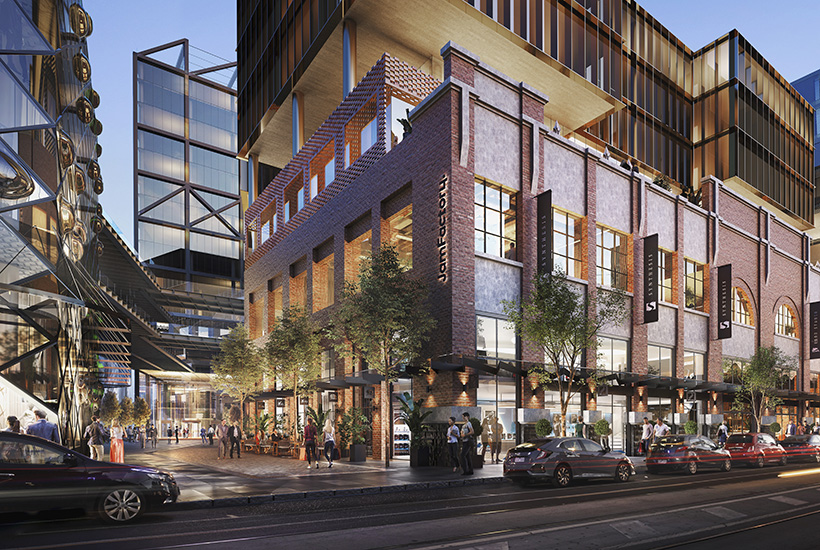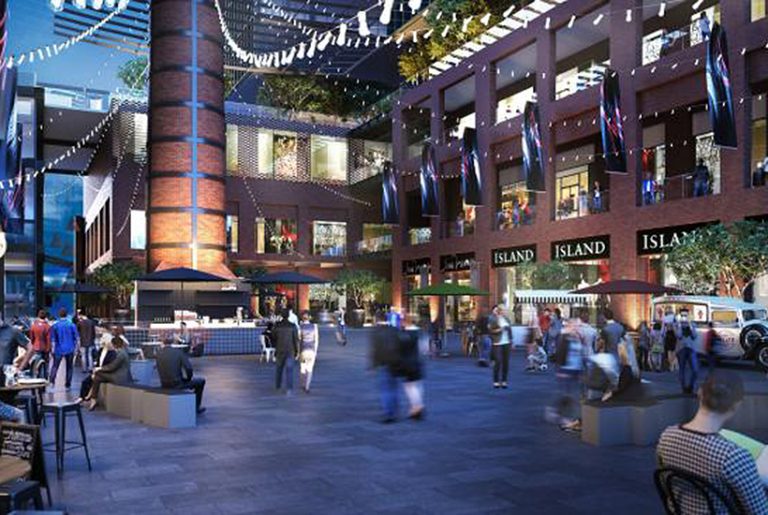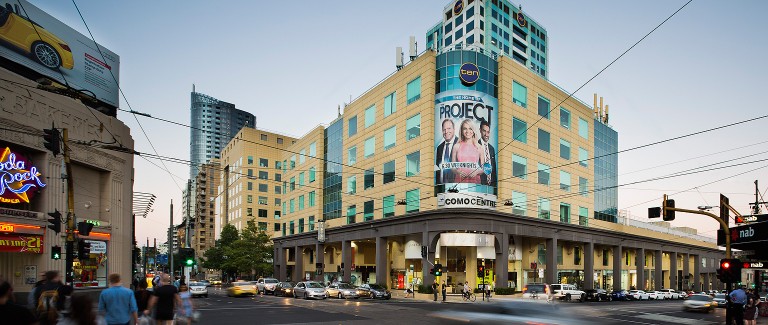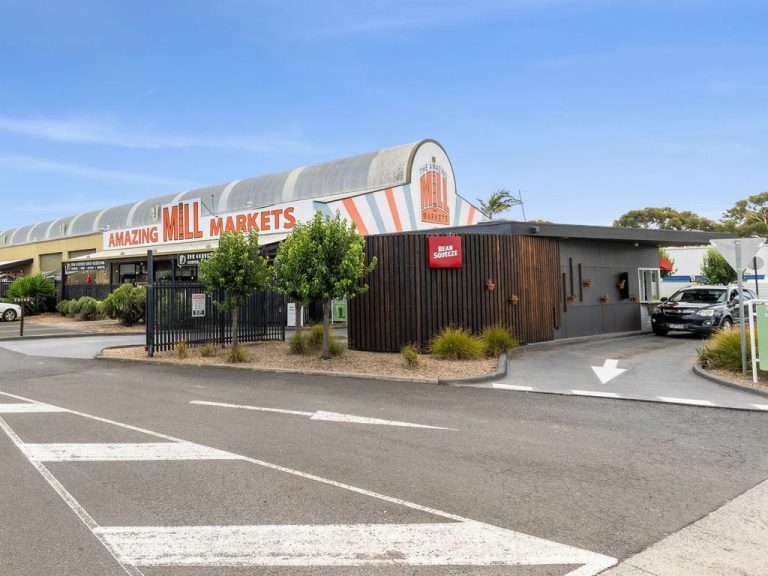Jam Factory to help double South Yarra office market

Melbourne’s new-look Jam Factory precinct in South Yarra will pave the way for the suburb’s office market to almost double in size over the next four years.
According to Colliers International, South Yarra’s net lettable office space currently sits at 97,000sqm, but three new projects alone will deliver 80,000sqm of new space before the end of 2023.
About 50,000sqm of that will be delivered across four buildings at the revamped Jam Factory – the longstanding major retail and entertainment precinct at the southern end of the renowned Chapel St retail strip, which is being developed by Newmark Capital.
Commercial Insights: Subscribe to receive the latest news and updates
Another 4000sqm will be added at nearby Chapel Plaza, while another 25,000sqm of offices is to be built at Goldfields Group’s 627 Chapel Street.
Colliers’ national director of office leasing, Rob Joyes, says that while residential and retail development has boomed in South Yarra in recent years, offices have been all but forgotten until now.

The Jam Factory proposed redevelopment by Newmark Captial. Picture: Supplied.
“No substantial office building over 4000sqm had been delivered in South Yarra in the last six years – all development in the last five years has been in the Forrest Hill precinct, so as new office space comes online, it joins a thriving, mostly residential, development market in this area,” Joyes says.
“In recent years, large occupiers of 4,000sqm-plus have had to focus on other city fringe areas such as Richmond and Cremorne due to a lack of options in South Yarra.”
“Led by the rejuvenation of the Jam Factory, these new projects will open the door for large occupiers to position themselves in this tightly held precinct.”
Colliers International research manager Sarah Walker says the amount of office space in Melbourne, and particularly the CBD, has failed to keep pace with population growth and demand in recent years, adding the popularity of inner city locations such as South Yarra.
“Based on ABS forecasts, as well as Colliers’ own analysis of future office supply, this supply/demand imbalance is forecast to become even greater and the undersupply in the CBD will need to be met by alternative markets,” Walker says.
“Tenant location preferences are continually moving towards greater emphasis on accessibility to public transport and amenity for staff. City fringe markets, particularly those serviced by a train station, are best positioned to capture this demand.”







